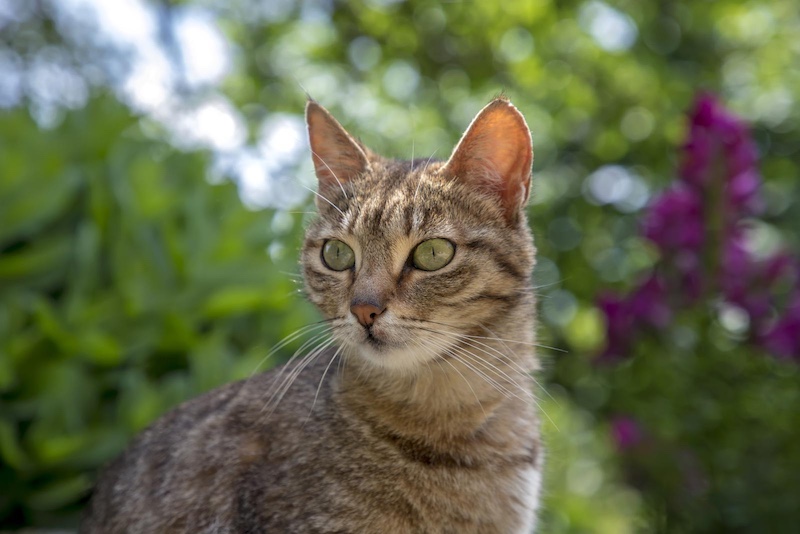Cats experience the world through a very different lens—literally. Their eyes are specially adapted to detect sights and signals far beyond human capabilities. From ultraviolet light to flickers we miss, here are ten amazing things cats can see that we can’t.
Ultraviolet Light

Cats can see ultraviolet (UV) light, which is completely invisible to humans. This ability reveals hidden patterns in flowers, fur, and even household objects. While we see plain surfaces, cats may see glowing shapes, trails, or contrasts that tell them more about their environment.
Subtle Movements
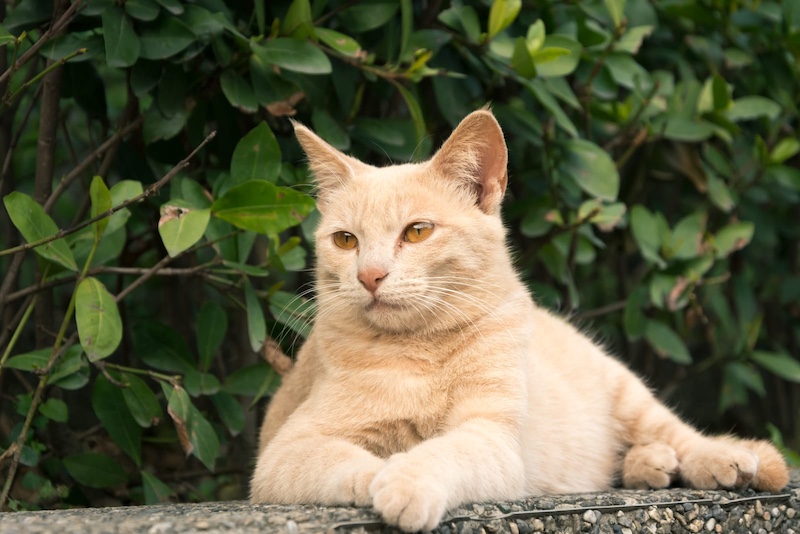
Feline eyes are tuned to detect the smallest flickers and slightest movements. A tiny bug crawling across a wall or the twitch of a tail in another room is instantly noticeable to a cat. Humans, by comparison, often miss these barely perceptible motions altogether.
Superior Night Vision

Cats can see in low light conditions far better than humans. Thanks to more rod cells in their eyes, they navigate dark spaces with ease. What appears pitch black to us is a dimly lit world to a cat, rich in visible detail and movement.
Flickering Screens
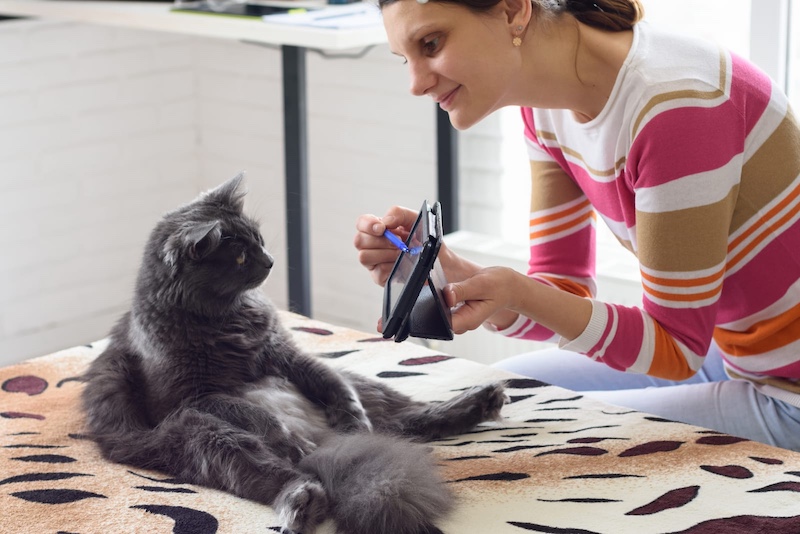
What looks like a smooth video to us may appear as a series of flickering images to cats. Their eyes can detect higher refresh rates, making TV screens and monitors more dynamic or even annoying to watch. This may explain their fascination—or disinterest—with our screens.
Fast-Moving Prey

Cats are natural hunters, and their vision reflects this. They can track rapid, darting motion that the human eye struggles to follow. A quick insect or scurrying mouse becomes crystal clear to a cat, even when we might only catch a blur or shadow.
Reflective Trails
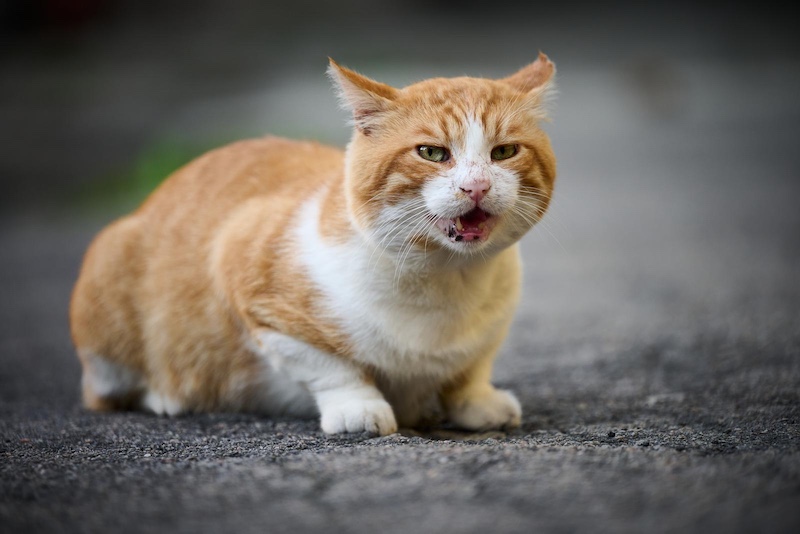
Urine trails and scent markings invisible to us may shine in UV light, making them visible to cats. These hidden signals are like glowing roadmaps to feline eyes, revealing territorial boundaries, other animals’ paths, and information that humans can’t even begin to perceive.
High Contrast Patterns
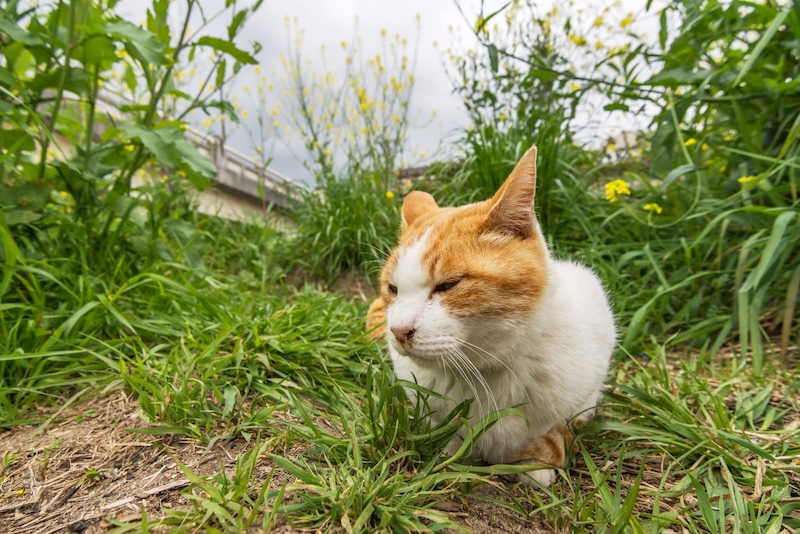
Although cats see fewer colors than humans, they excel at detecting contrast. They notice differences in texture, shadow, and light that we overlook. What looks like a plain patch of grass to us may have high-contrast patterns that help cats find food or navigate safely.
Ghostly Shadows
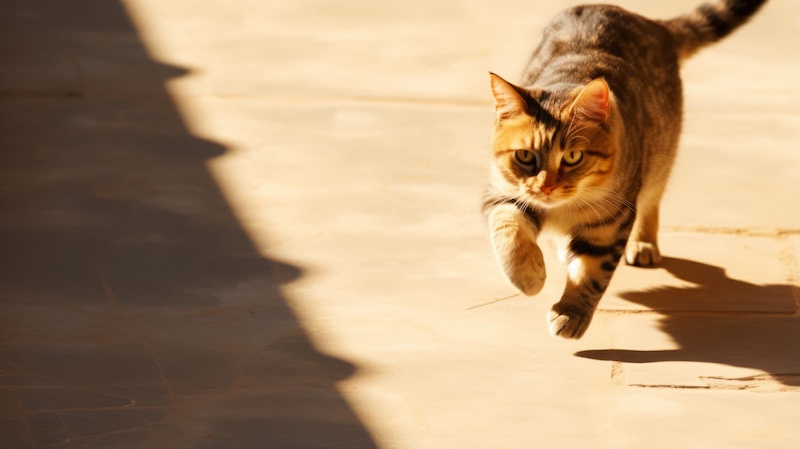
Cats often stare at empty corners or track invisible things in the air. That’s because they can see particles, light shifts, or tiny creatures we miss. A floating dust mote or reflected light might catch their attention, appearing like ghostly movement to their sensitive eyes.
Reflections We Miss

Glass, mirrors, and water can reflect flashes of light or subtle movements that cats are more sensitive to than we are. These reflections may look like nothing to us, but they can entertain, confuse, or even alarm a cat depending on how their vision picks it up.
The Unseen World of Nature

Nature holds a secret world of markings, glowing fungi, and UV-reflective surfaces. Cats can detect these natural cues, helping them navigate or identify other animals. Their vision reveals a hidden layer of the world, filled with signals we simply aren’t equipped to see.
- Please Note: This content was created with the assistance of AI and thoroughly edited by a human before publishing.

